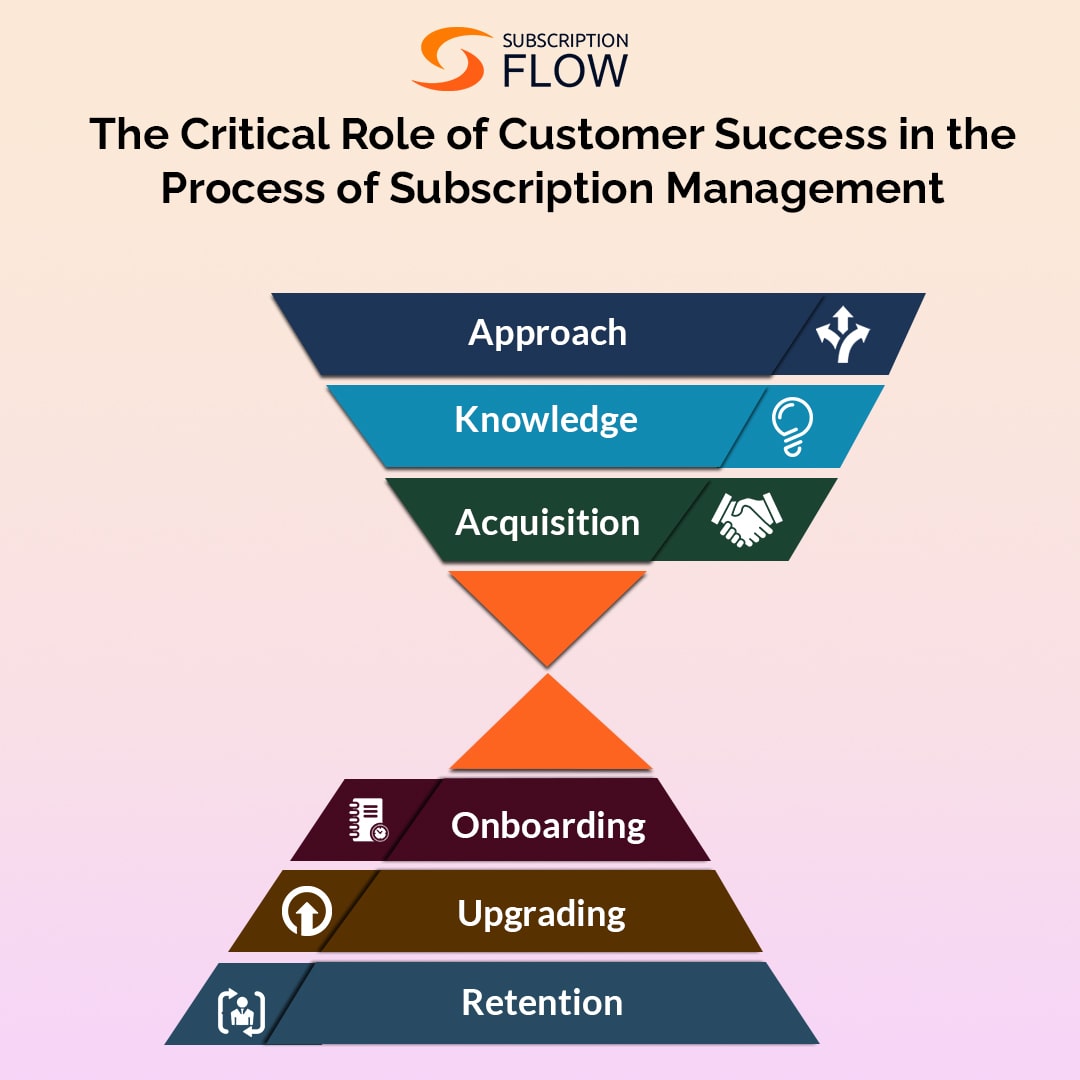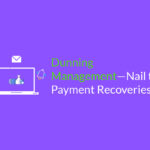
Stripe vs QuickBooks: Which Fits the Bill for Your Business?
Have you heard of the term decoupling?
According to the 2023 McKinsey Global Payments Report, the digital world is about to enter a whole new era of decoupling that will bring about many changes in the payments space. This era will be marked by payments made in an economy separated from traditional banking. What does this mean for consumers and businesses? Customers will have more power than ever to express their needs for security, cost, and convenience.
The decoupling revolution hinges upon fintech innovation. Some of the proposals that have already been made by industry leaders include AI that will help personalize customer experiences, quicken payment processes, and push the limits of fraudulent prevention.
In a landscape that is on the verge of underdoing such radically transformative changes, it becomes paramount to choose the right payment service provider. In this blog, while doing a Stripe vs QuickBooks Payments comparison, we will be helping you understand which of the two payment service providers will fit your bill.
Hop on for a Stripe vs QuickBooks Payments comparison!
What is Stripe?
Stripe is a payment service provider that is a giant in its industry facilitating online payments for both businesses and consumers around the globe. A huge volume of subscription-based businesses also trust Stripe for recurring billing and payment collection. It does that by offering the required technical frameworks, fraud prevention, and banking infrastructure with the help of its super-quick customer service and tested user-friendly interface.
What is QuickBooks Payments?
QuickBooks Payments is a robust payment processing platform that integrates seamlessly with Intuit’s flagship bookkeeping software, QuickBooks. It has been designed primarily for existing QuickBooks users and American businesses seeking efficient payment processing within the domestic market. It is quickly gaining popularity since in the United States and Canada where it powers card payments and ACH payments.
QuickBooks and Stripe: Pricing and (Hidden) Fees Comparison
Comparing fee and pricing structures is extremely important, especially for small businesses. It is important to note that neither Stripe nor QuickBooks Payments charge any monthly fees. That said, let’s now delve deeper into a comparison between QuickBooks online and Stripe:
Stripe Fees
The following is a quick breakdown of fees associated with transactions made through Stripe:
- In-person payments via credit card readers:7% + $0.10 per successful payment
- Online domestic transaction fee:9% + $0.30 per successful payment
- International transactions: Additional 1% + $0.30 processing fee and 1% for currency conversion
- Chargeback Policy: Charges $15 for each chargeback.
- ACH payments: 8% (capped at $5)
QuickBooks Payments Fees
The following is a quick breakdown of fees associated with transactions made through QuickBooks Payments:
- In-person payments via credit card reader:4% + $0.25 per successful transaction
- Online domestic transaction fee:9% + $0.25 per successful transaction
- International transaction fee: Additional 1% + $0.30, plus 1% for currency conversion
- ACH payments (bank transfers) transaction fee: 1%, with a $1 minimum
- Chargeback Policy: QuickBooks reimburses up to $25,000 annually, with a $10,000 limit for any card payment dispute
In terms of pricing, QuickBooks Payments offers better prices for in-person payments for larger transactions, has a much more generous chargeback policy, and most importantly has a noticeably reduced cost for processing ACH payments.
The Bottom Line
What this means is that while Stripe is the better choice for processing small payments (since it charges a mere ten cents to QuickBooks’ 250% higher charge of 25 cents), QuickBooks is by far the better choice for businesses that are operating just within the US owing to its generous ACH payments policy which is 8 times cheaper than Stripe!
Since QuickBooks Payments does not have any setup cost or hidden fee, you can just pay as you use it, and can even demand better rates if you already use QuickBooks or your monthly transactions amount to less than $2500, making QuickBooks Payments a fantastic option for small businesses.
Stripe vs QuickBooks: User Interface and Ease of Use
Both QuickBooks Payments and Stripe have quite user-friendly interfaces. People opt for Stripe because of its extensive API documentation. More than being easy to use, QuickBooks Payments stands out by being easily integrated with QuickBooks’ very own accounting software that a lot of businesses use. So, if you already use QuickBooks for your company’s bookkeeping, you can easily integrate it with QuickBooks Payments and hit two birds with one stone.
QuickBooks vs Stripe: Payment Methods Comparison
The payment options offered by different payment processing systems are of immense importance when deciding which system to integrate with. Let’s see how QuickBooks vs Stripe compare:
Stripe
- Credit/Debit cards: Stripe accepts Visa, MasterCard, Discover, and Maestro amongst other popular credit and debit cards.
- E-wallets: To ensure a smooth checkout process, Stripe accepts payments via many electronic wallets like Apple Pay and Google Pay.
- Bank transfers: Direct debit and bank transfers are also supported by Stripe.
- Pay Later, Purchase Now: Stripe even has integrations with payment-by-payment companies which gives customers the freedom to pay at a later date.
- Additional Techniques: Cash-based vouchers, bank redirections, and real-time payments.
QuickBooks Payments
- Credit/Debit cards: American Express, Mastercard, Visa, and Discover.
- E-wallets: QuickBooks Payments accepts electronic wallets like Venmo, PayPal, and Apple Pay.
- Bank transfers: Card payments can be processed in-person with the use of a card reader and with the help of bank transfers.
- Additional Techniques: Bank redirections and real-time payments.
What kinds of businesses do Stripe and QuickBooks already cater to?
This is where we get to prove the point of the entire blog. We are not here trying to tell you which of the two payment processing systems is better but rather which of the two suits your business the best.
Have a look at the kinds of businesses that already use either Stripe or QuickBooks to see if your business also falls in this industry:
Stripe
- Fitness and Health
- Software
- Digital Marketing
- Information Technology and Services
QuickBooks Payments
- IT Services
- Construction and Steel
- Charity and NGO sector
- Accounting Services
As you will see, except for fitness and health, Stripe is being used by industries that have a more international bent. Except for IT services, QuickBooks Payments is being used by industries that have a more local bent. This reinforces our previous point that Stripe is more suitable for businesses with more internationalized operations while QuickBooks Payments is better for ones that are domestic-dependent.
What About Recurring Payments?
While both systems offer robust recurring payment management capabilities, the dichotomy we identified earlier of Stripe fitting the bill with more international-oriented businesses whereas QuickBooks Payments being more suitable for companies that operate mostly within the US applies here as well.
Stripe processes payments for multiple types of recurring billing—usage-based, dependent on instalments, etc.—and offers easy currency conversion to accept recurring payments from all over the world. This makes Stripe a lot more suitable for a global newspaper business like for example, The New York Times which offers its subscriptions in more than 170 countries.
QuickBooks Payments, on the other hand, integrates seamlessly with its accounting software QuickBooks, making its payment processing solution an excellent option for those who already are absorbed into the QuickBooks ecosystem.
In a Nutshell
Say you have a business that handles recurring payments. Before choosing a payment processing solution like Stripe vs QuickBooks Payments, you should select a robust subscription management software like SubscriptionFlow. This market-leading software offers endless integration abilities, has an easy-to-navigate user interface, and has already been voted among the most affordable and reliable subscription management software, especially by many SaaS users.
Depending on whether your business caters to an international clientele or a domestic one, you should integrate with either Stripe or QuickBooks Payments to begin accepting and managing recurring payments. Both payment processors integrate seamlessly with SubscriptionFlow’s recurring billing engine to drive business success.










